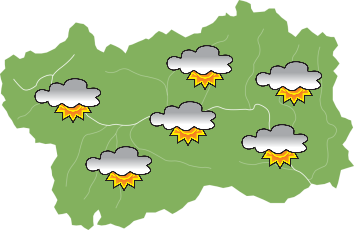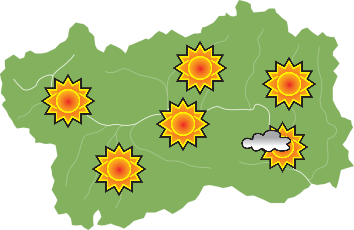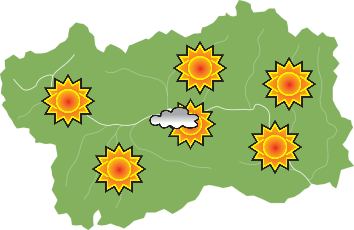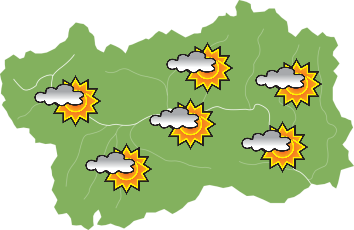Fontainemore is proud to be one of the most important active emigration hubs (seasonal) tied to construction. From St. Joseph to St. Barbara, at times even at Christmas, the men of this community left to work as master builders in Savoy, in the Duchy of Aosta and in large cities like Turin, Marseilles, Lyon, Grenoble and even Paris.
The architecture of the houses in their home town commands respect. Traces of love for precise stone cutting and those high 4 or 5 story walls are spread across the more than one hundred farmhouses built on steep slopes, covered with chestnut trees.
Farettaz is one of the best preserved villages made up of various groups of houses joined by well-tended paths. The most interesting is undoubtedly the one where the chapel bell tower dedicated to St. Lawrence is erected. The site’s entrance is decorated by a beautiful fountain, once lined in stone. The basin is fed by a long canal dug in the rock.
Hugging each other, the houses create complex formations separated by covered passageways, terraces, gardens and alleyways that reveal ancient quality architecture whose bowels are permeated by human-engineered indoor and outdoor spaces, rich in the mountain living.
The village community oven has been restored and is still used for some events during which black rye flour bread is kneaded and baked.
An interesting note: an ethnographic mountain museum was opened in the village called “Pra dou Sas”, still in the municipality of Fontainemore. Thanks to its residents, this small town museum introduces the public to daily items displayed in traditional home settings.
Audio guide mp3










